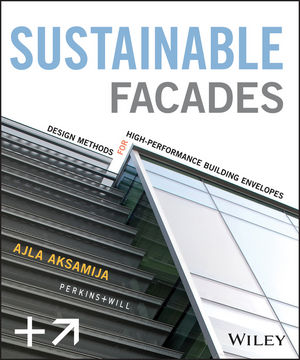Efforts to make life-cycle assessment (LCA) an integral part of sustainable design practices are beginning to bear fruit. Since late 2004, the U.S. Green Building Council (USGBC) has been working to incorporate the methodology into its widely used building-rating system, LEED, and has committed to producing a detailed plan for integration by November 2007.
The two-year-old not-for-profit organization, Green Building Initiative (GBI), has already created a climate change calculator primarily intended for use with its own rating system, Green Globes. But the organization also plans to release a stand-alone version of the software, without charge, to other green-building organizations, trade associations, or state and municipal governments. “We thought this was too important to keep to ourselves,” says Ward Hubbell, GBI executive director.
The endeavors of both organizations should make LCA tools more accessible to architects, ultimately fostering a stronger connection between rating-system certification and environmental impact. LCA is a methodology that takes into account factors such as embodied energy, air pollution, and waste production associated with products through all stages of their life span, from material extraction and processing to eventual disposal. “We are helping strengthen the LCA infrastructure so that it can truly be useful to designers,” says Scot Horst, chair of the USGBC LEED steering committee, the group charged with shaping the council’s rating system.
The calculator created by GBI will allow designers to evaluate the global warming potential and other environmental impacts of 400 of the most common building assemblies, such as exterior and interior walls, roofs, and windows, according to Wayne Trusty, president of the Athena Sustainable Materials Institute. The institute, along with Morrison Hershfield Consulting Engineers and the University of Minnesota’s Center for Sustainable Building Research, developed the software tool for GBI.
No timeline has been set for release of a version of Green Globes tied to the software because a technical committee is now reviewing the tool as part of an effort to make the rating system an American National Standard. However, as early as this month, GBI will make the generic calculator available at its Web site, www.athenasmi.ca.
The USGBC has resolved to use an approach similar to that of GBI: Both organizations’ LCA tools will be modeled on the Green Guide to Specification, published by the U.K.-based certification, research, and testing organization Building Research Establishment. The guide assigns ratings to building assemblies based on their relative environmental impact. This similarity “is not a big surprise,” says Horst, who notes the involvement of Trusty from the Athena Institute in both endeavors. Trusty serves as chair of the GBI technical committee and a USGBC working group studying how best to integrate LEED and LCA. Horst, an Athena vice president, has not participated in the development of the GBI calculator. Even after integration into the rating systems is accomplished, LEED and Green Globes will still need credits to address environmental-impact areas not easily evaluated using LCA, such as human health risks, indoor air quality, and land use issues, sources say. “LCA is just one component of a much broader design process,” says Trusty. “It is not the be all and end all.”






